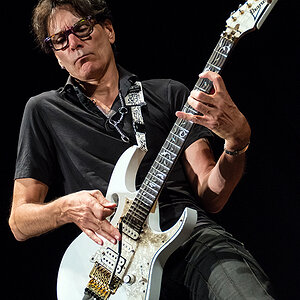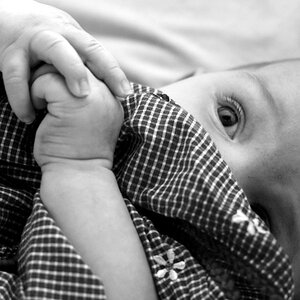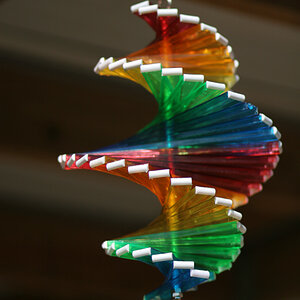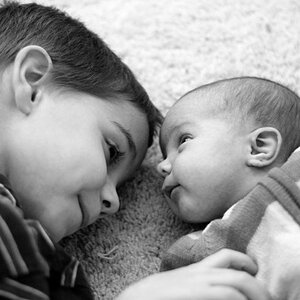oldyelir
TPF Noob!
- Joined
- Aug 12, 2016
- Messages
- 3
- Reaction score
- 0
- Can others edit my Photos
- Photos OK to edit
http://www.rileyyuan.com
I've been practicing and studying the craft for the past three years and for the first time, I feel like I'm starting to put together a serious body of work that would be presentable to newspapers and photo editors. What does the the photo forum community think?
I shoot a lot of small events and candid coverage from my daily life, and I know my next step is the photoessay—a real story. I think my skills are sharp enough and my editing is tight enough to put together something really compelling (honest feedback to the contrary is welcomed). Of course, I understand that the important part is to have sensitivity and vision and knowledge about actual issues in people's lives. I do have some ideas for the stories I'm interested in telling. But I'm curious to hear about how other photojournalists find their subjects. For instance, as I peruse the CPOY winners' work, I often find myself wondering how they obtained access to some of their subjects/stories and whether or not most of these young photographers start by photographing the subjects/stories they are close to—the ones that they have a personal connection with. Sometimes, this is very obviously the case. Other times, not so much.
I've been practicing and studying the craft for the past three years and for the first time, I feel like I'm starting to put together a serious body of work that would be presentable to newspapers and photo editors. What does the the photo forum community think?
I shoot a lot of small events and candid coverage from my daily life, and I know my next step is the photoessay—a real story. I think my skills are sharp enough and my editing is tight enough to put together something really compelling (honest feedback to the contrary is welcomed). Of course, I understand that the important part is to have sensitivity and vision and knowledge about actual issues in people's lives. I do have some ideas for the stories I'm interested in telling. But I'm curious to hear about how other photojournalists find their subjects. For instance, as I peruse the CPOY winners' work, I often find myself wondering how they obtained access to some of their subjects/stories and whether or not most of these young photographers start by photographing the subjects/stories they are close to—the ones that they have a personal connection with. Sometimes, this is very obviously the case. Other times, not so much.





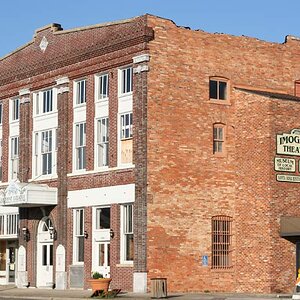
![[No title]](/data/xfmg/thumbnail/33/33360-ff0b69685c94740bde3f53b6d7aa9af1.jpg?1619735924)

![[No title]](/data/xfmg/thumbnail/37/37520-d3e4d6582aa2781be7abf64e8651db45.jpg?1619738128)

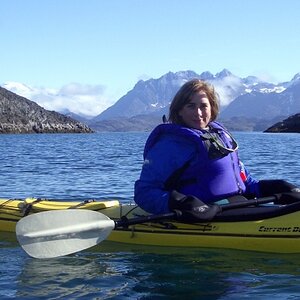
![[No title]](/data/xfmg/thumbnail/1/1592-cfae4a7ea791f96c6e2d03484be2e454.jpg?1619729144)
